Frequently Asked Questions
What's the length of The Lighter Side of Mental Health Programs?
Student, Community, and Educator assembly programs are 45-60 mins in length, the Community and Educator programs usually have a 15 mins question and answer period within the 60 mins. The showcase program is eight weeks. In regards to the Lighter Side of Mental Health Programs Student Edition, how do schools usually schedule the assembly programs to fit in with their school day? Schools usually schedule their student assembly programs back-to-back before or after the lunch period(s). On some occasions, there will be a recess period between assembly programs.
Is it appropriate for children to attend the Lighter Side of Mental Health Programs Community Edition, or should the organizers provide childcare?
The content within the community edition assembly program is engaging, humourous, and is appropriate for the whole family. However, the length of the program (45-60 mins) may be challenging for some smaller children, that said, the decision is yours.
What happens if there's a labour action, for example, a strike, or a lockout, that prohibits the schedule program to take place?
As outlined in our contract, if any unforeseen circumstances do not permit the schedule program, a new program date will be agreed upon by all parties. If a new date cannot be agreed upon, the purchaser's deposit will be returned.
What are a few ways to fund the Lighter Side of Mental Health Program to come to our school?
- Share the Lighter Side of Mental Health (LSMH) program with another school in your area on the same day. The Lighter Side of Mental Health's fee is cut nearly in HALF for your school if you share the LSMH with another school. The LSMH program can be in your school in the morning, and a neighboring school in the afternoon. The LSMH reaches more students, you save money–it’s a win for everyone. It’s easy to promote to other schools and decision-makers; just forward them a link to www.ianspeaks.com and share your plan.
Check with your school administration for funding from the provincial government, for example, Parents Reach Out Grants or corporate sponsorship, we can provide you with an option upon request. For teacher in-service programs, ask about Staff Development funding.
Plan to integrate and highlight the LSMH program into a major theme such as cultural awareness week, Children’s Mental Health Week, grade nine orientation day, Bell Let’s Talk day, etc. Depending on your theme, federal grant money might be available. For example, Mental Health Strategy for Canada is explicit in highlighting the importance of schools for universal mental health promotion, and stigma reduction, as well as for early recognition of mental health problems (Mental Health Commission of Canada, 2012). The federal government might approve a funding request for a program that addresses mental health promotion and stigma reduction in schools. Check with your school district or federal government office to find out who is dispensing these funds in your province. Request an application form.
Apply for other grant monies from your state by contacting your Ministry of Children, Community and Social Services and Ministry of Education. They can direct you to the correct office — for example, the Alcohol and Drug Abuse Division. Contact other local agencies in your region that already have grant monies from provincial agencies. For example, the Ministry of Children, Community and Social Services and/or Ministry of Education might have distributed funds into mental health agencies or programs for mentoring youth, etc.
Contact your school’s PTO/PTA. Share your plans with them. They are more likely to contribute funds if your plan is well thought out.
Have student leaders contact local business organizations: Rotary Club, Kiwanis, Lions Club, Elks, Chamber of Commerce. Present your plan and request their sponsorship.
Create a win-win situation. Contact several of your larger local businesses, especially those related to services for teens and their families. Ask for the owner, CEO or Community Services Department. If they are willing to help sponsor this program, you can exchange the favour by announcing their support to your students and parents.
Invite multiple clubs on campus to participate and help in a fundraising project. A cooperative effort helps students collaborate and learn about the realities of time and effort in acquiring funding in the real world.
Used with permission from Youth Speaker University.
